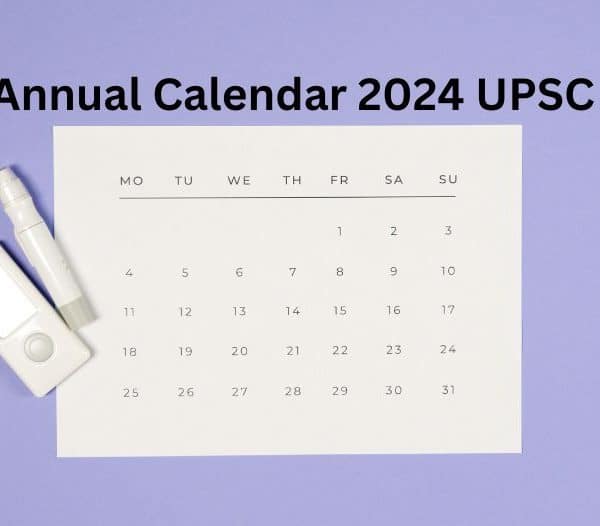The Indian Armed Forces’ BrahMos is a supersonic cruise missile developed by Russia and DRDO. The UPSC Syllabus includes a significant and dynamic chapter on defence.
The commission has posted several questions about the missile launch, its type, and so on. The BrahMos Missile and its properties will be discussed in-depth in this article.
The government would build a BrahMos production centre between Jhansi and Lucknow, according to a report published on September 14, 2021. The establishment of the manufacturing unit will aid in the creation of jobs in the surrounding area.
Brahmos Missile UPSC
The BrahMos is a short-range ramjet supersonic cruise weapon developed by NPO Mashinostroyeniya of the Russian Federation and the Defence Research and Development Organisation (DRDO).
Moskva and Brahmaputra are two important rivers in India and Russia, respectively. This joint venture’s technology is based on the Russian P-800 Oniks cruise missile and other Russian sea-skimming cruise missiles.
Also Read: CSTO UPSC: Learn about the History, Objectives, Members and More
UPSC Notes about Brahmos
#It’s a two-stage weapon with a solid propellant engine on the first stage and a liquid ramjet on the second.
#It’s a multiplatform that can be launched from land, air, or sea, as well as a multi-capability missile with pinpoint precision that can operate at any time of day or night, regardless of the weather.
#It works on the “Fire and Forgets” principle, which means it doesn’t need any additional instructions after it’s launched.
#Brahmos is one of the fastest cruise missiles in service today, with a top speed of Mach 2.8, or nearly three times the speed of sound.
About Advance Variant
The BrahMos was designed with a maximum range of 290 kilometres.
The missile’s range was initially limited to 290 kilometres as part of the Missile Technology Control Regime’s responsibilities (MTCR). However, following India’s admission to the MTCR club in June 2016, the range would be increased to 450 km, with a 600 km extension anticipated later.
UPSC Exam Preparation Question
Describe the Brahmos Missile.
Answer: The BrahMos is a short-range ramjet supersonic cruise missile developed by the Defence Research and Development Organization (DRDO) and the Russian Federation’s NPOM.
It is now in service as the world’s fastest anti-ship cruise missile.
The BrahMos is capable of speeds ranging from MACH 2.8 to MACH 3.
It can be upgraded to MACH 5 speeds (Hypersonic).
The BrahMos missile, which has a payload capacity of 250-300 kg, may carry both conventional and nuclear warheads.
BrahMos is particularly tough to intercept because it is the fastest mid-range missile and has stealth technology.
Related Topic: Missile Technology Control Regime (MTCR)
It is a non-binding, voluntary agreement between 35 countries to prohibit the spread of weapon and unmanned aerial vehicle technologies capable of transporting more than 500 kg of payload over more than 300 kilometres.
Members are thus barred from supplying non-members with UAV systems and missiles controlled by the MTCR.
All decisions are made with the unanimous consent of all members.
This is a non-treaty association of member countries with specified rules for information exchange, national control laws, and export policies for systems, as well as a rule-based regulation mechanism to limit the transfer of these systems’ vital technologies.
It was founded in April 1987 by the G-7 countries of Germany, the United States, Italy, the United Kingdom, Canada, France, and Japan.
Some More Information
The regime’s focus shifted in 1992 to proliferation for the delivery of all sorts of weapons of mass destruction (WMD), including chemical, nuclear, and biological weapons.
It is not a legally enforceable agreement. As a result, no disciplinary measures could be implemented against non-compliance with the regime’s guidelines. In 2016, the 35th member of the Missile Technology Control Regime was India.
India can obtain advanced technology and collaborate with other countries on the development of unmanned aerial vehicles. For example, Israel’s theatre missile interceptor “Arrow II,” the United States military drone “Avenger,” and so on.
Also Read: Constitutional Morality: Check Out the UPSC Notes and Prepare for the UPSC CSE!
How Note Making is Important?
Making notes is crucial for Civil Services test preparation for a variety of reasons. For starters, taking notes allows you to fully comprehend the topic at hand. This is because while taking notes, you must pick out key points and reduce them into a few words or sentences.
Second, writing down any information improves your ability to recall it. Finally, taking notes is a good way to practise thinking and writing about the subject at hand.
Fourth, well-written notes save you time by allowing you to skip over the tedious study material. Finally, taking notes helps you remember the most significant parts of each topic and aids in the final revision.
Conclusion
The UPSC Prelims test syllabus is well established for general subjects including economics, history, politics, geography, general sciences, and CSAT (aptitude). The vague and dynamic IAS current events portion, on the other hand, is emerging as an unexpected part of the UPSC test. Candidates must concentrate on both current and static events issues in this setting.
Visit UPSC Pathshala for more UPSC preparing materials and articles. If you’re stuck with UPSC preparation, don’t worry; UPSC Pathshala is here to help. Now is the time to join!
Also Read: UPSC Online Application Form 2022: Latest Updates with UPSC Preparation and Strategy







